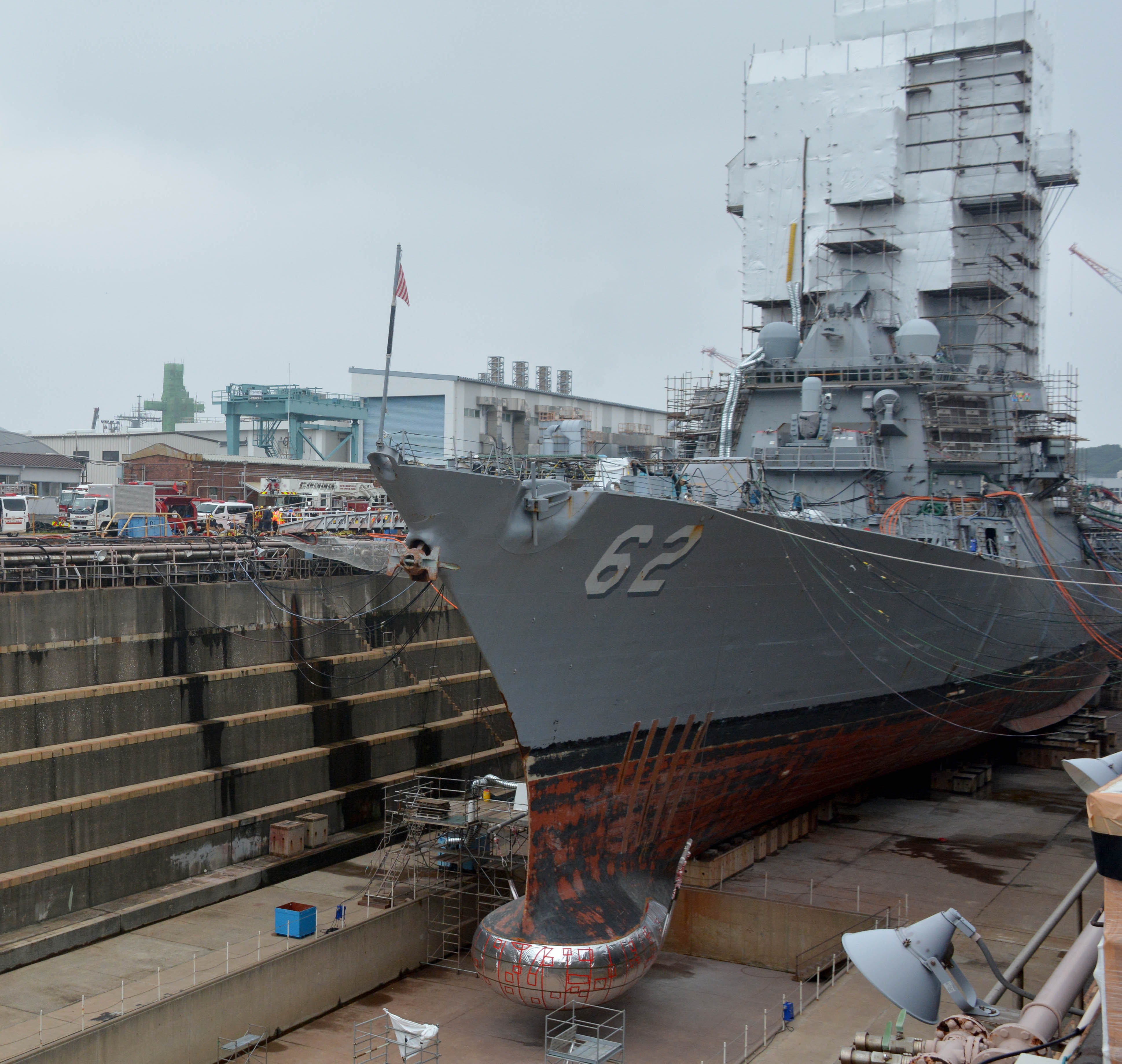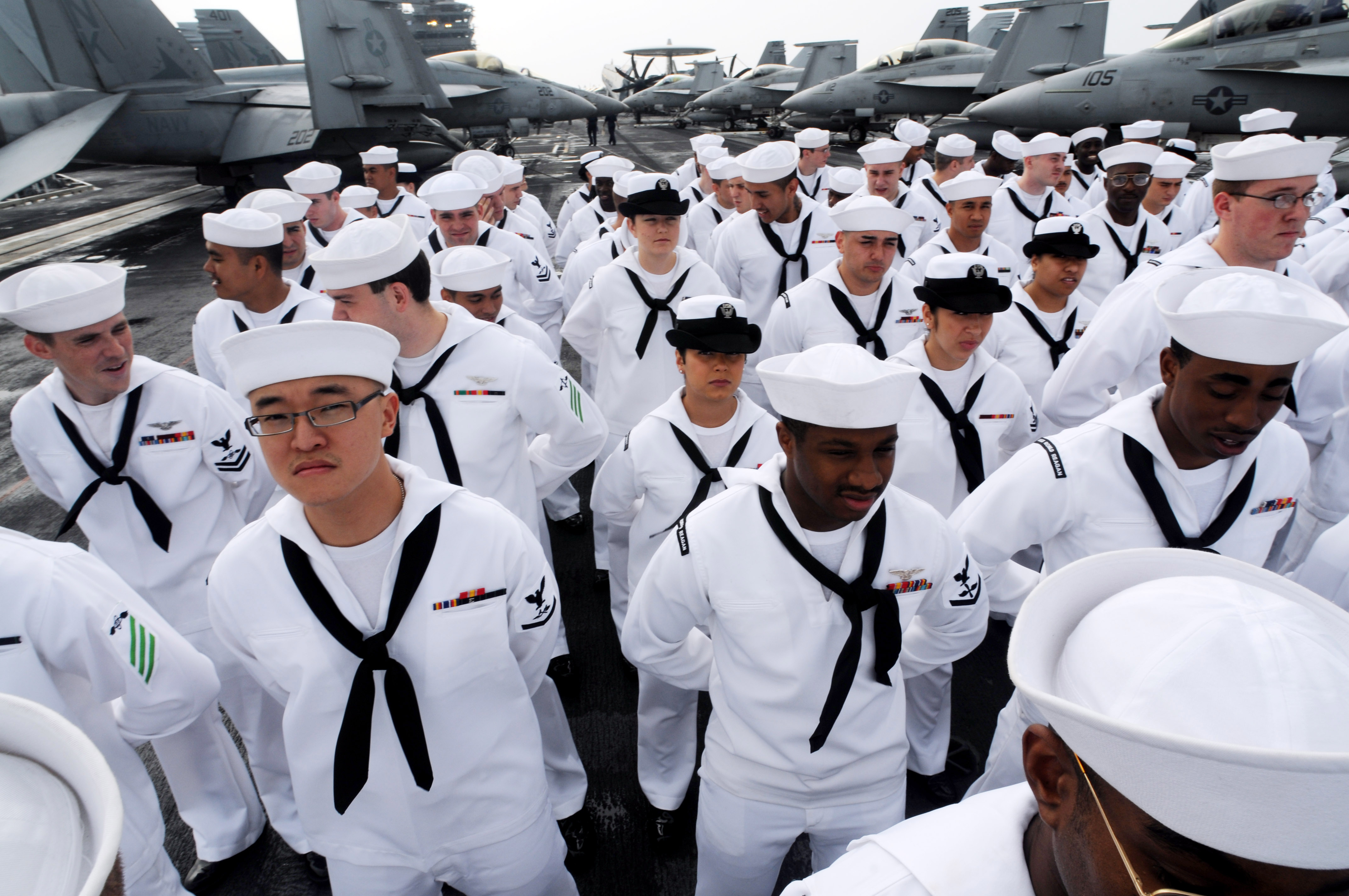
The Navy might have to cancel 14 or more ship maintenance availabilities, shut down half its air wings and cancel deployments if lawmakers cannot pass a Fiscal Year 2017 defense spending bill next month.
The government is operating under a continuing resolution set to expire April 28, and there is increasing talk in Washington that lawmakers may not be able to pass a real spending bill and would instead resort to a full-year CR to fund the government.
Under a continuing resolution, the Navy would be able to support deployed units and “most” of its next-to-deploy units, but it would not have the operations and maintenance funds to support readiness activities in any other units, USNI News learned from information obtained from the Navy. That includes flight hours, steaming hours and other training opportunities, as well as platform and weapons maintenance.
Specifically, a full-year CR would force the Navy to cancel several surface ship deployments, creating presence gaps in Europe and the Middle East. And nearly half the air wings would shut down, which would take months to stand back up down the road and would create a ripple effect lasting throughout 2018 and into 2019.
Flight hours for pilots would be reduced to the point of putting at risk pilots’ qualifications, leading to an under-manning situation due to not enough personnel qualified to carry out missions. Current aviation readiness shortfalls would be further exacerbated by additional delays at aviation maintenance depots and a halt in ordering spare parts, further reducing the number of airplanes that are physically able to fly.

More than a dozen ship maintenance availabilities – including aircraft carriers, submarines and surface ships, but predominately affecting guided-missile destroyers, USNI News understands – would be canceled altogether. And, USNI News previously reported, about $5 billion in Navy shipbuilding funds to buy the LHA-8 amphibious assault ship and other ships would go unused, due to being in the wrong part of the budget and the Navy not having the authority under a CR to move that money into more useful budget lines.
The Navy has not yet begun to take major steps such as canceling availabilities or deployments, but the service would begin taking actions next month if lawmakers don’t act to pass a defense spending bill.
In a March 16 House Armed Services readiness subcommittee hearing, Vice Adm. Joseph Mulloy, deputy chief of naval operations for integration of capabilities and resources (OPNAV N8), told lawmakers that “at this point in time, we have not taken those overt actions to shut down air wings; we have looked at deferring maintenance, but no availabilities have been canceled.”
He noted, though, that some smaller actions, such as slowing down the purchase of spare parts for non-deployed ships, have already begun. If any further action takes place due to insufficient funding in FY 2017, he warned the subcommittee that the real impact would be felt in FY 2018 and beyond.
“What happens is, if air wings actually shut down, instead of taking a month to get back flying, it takes months. So the impacts would ripple through the end of ‘17 but also into a significant part of ‘18,” he said.
“When we get to Fiscal Year ‘18, the ships and squadrons not working up or maintaining now would be not deploying in ’18. We would start seeing the same carrier gaps, start seeing other impacts around the world, but largely it would be in ’18. Not as much in ‘17 because we keep the deployed forces ready.”

Additionally, USNI News learned from the Navy information, money would have to be moved around to cover basic sailor payroll costs, and bonus payments would be stopped or delayed. Sailors and their families would see delays in moves to new duty stations, and accessions would be cut, leading to gapped billets at sea and ashore. Air shows and fleet weeks would all be canceled to help pay for other operations and maintenance needs, and critical shore construction projects – many of which have been postponed for years, repeatedly used as bill-payers for other spending needs – such as runways, housing, piers and other waterfront infrastructure would be further delayed.





